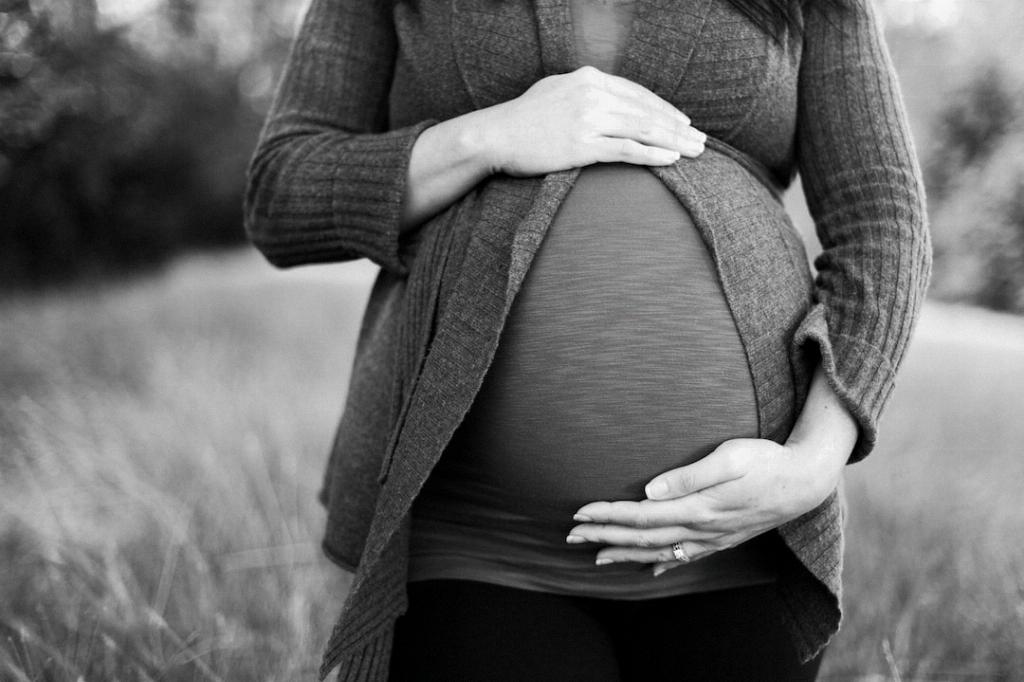When it comes to the duration of a triplet pregnancy, many factors come into play. One of the common scenarios is that triplets are usually delivered by a planned ‘elective’ caesarean section between 34 and 36 weeks of pregnancy. This timeframe is typically considered ideal for the health and well-being of both the mother and the babies.
The gestational period for triplets is often shorter compared to singleton or twin pregnancies due to the increased demands placed on the mother’s body and the limited space available for the babies to grow. As a result, reaching the 36-week mark with triplets can be a significant milestone, indicating a successful progression of the pregnancy.
While it is possible for some women carrying triplets to reach the 36-week mark and beyond, each pregnancy is unique, and individual circumstances play a crucial role in determining the optimal timing for delivery. Factors such as the mother’s health, the babies’ growth and development, and any potential complications during the pregnancy can influence the timing of delivery.
Going 36 weeks with triplets can be a challenging feat, requiring close monitoring and medical supervision to ensure the safety of both the mother and the babies. It is essential for expectant mothers of triplets to work closely with their healthcare providers to develop a tailored birth plan that considers the specific needs of a multiple pregnancy.
Despite the potential challenges of carrying triplets to 36 weeks and beyond, many women have successfully reached this gestational age with proper medical care and support. Advances in prenatal care and neonatal medicine have significantly improved the outcomes for multiple pregnancies, increasing the likelihood of a positive birth experience.
It is crucial for expectant mothers of triplets to prioritize self-care during pregnancy, including maintaining a healthy diet, staying active, getting regular prenatal check-ups, and managing stress levels. By taking proactive steps to support their well-being, women carrying triplets can increase the chances of carrying the pregnancy to term.
As the pregnancy progresses towards the 36-week mark, expectant mothers may experience increased discomfort, fatigue, and other common symptoms associated with carrying multiple babies. It is essential for women to listen to their bodies, rest when needed, and communicate any concerns with their healthcare team.
While the goal of reaching 36 weeks with triplets is commendable, it is essential to remain flexible and open to adjustments in the birth plan based on the evolving needs of the mother and the babies. In some cases, preterm delivery may be necessary for the health and safety of the pregnancy, requiring timely intervention by healthcare providers.
For women carrying triplets, the support of family, friends, and healthcare providers can be invaluable in navigating the challenges of a multiple pregnancy. Establishing a strong support network and seeking guidance from experienced professionals can help expectant mothers feel more prepared and empowered throughout their pregnancy journey.
In conclusion, while reaching 36 weeks with triplets is a significant achievement, the timing of delivery ultimately depends on various factors that impact the health and well-being of both the mother and the babies. By prioritizing prenatal care, staying informed, and seeking support when needed, expectant mothers can increase the likelihood of a positive outcome for their multiple pregnancy.

